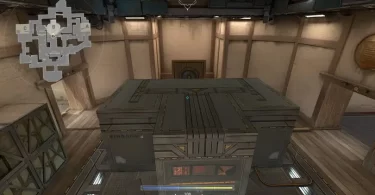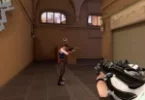Communication plays a pivotal role in tactical shooter games like Valorant. A well-timed piece of information can swing the tide of a round or even a match. One of the most critical aspects of in-game communication is the use of “callouts,” which are specific names given to areas on a map. This article will guide you through understanding and using callouts effectively in Valorant.
1. Understanding Callouts
Callouts are names given to specific locations on a map that allow players to quickly and accurately communicate with their teammates. These locations can be bombsites, paths, hallways, or any distinguishing feature on the map. For instance, on the map Bind, callouts include locations such as “Hookah,” “B Short,” “Teleporter,” and “Elbow.”
2. Learning Map-Specific Callouts
Each map in Valorant has its own unique set of callouts. These are typically given to important strategic points on the map, pathways, and areas around the Spike sites. You can learn these by looking at the mini-map, which displays the callout for your current location. You can also find comprehensive callout guides for each map on community sites, forums, or Valorant’s official website.
3. Using Callouts Effectively
Callouts are a critical part of team communication, but they must be used effectively to reap their benefits. When you spot an enemy, it’s important to communicate their location to your team. This should be done using concise, clear language to prevent confusion. For example, instead of saying, “There’s an enemy over there,” you could say, “One enemy in Hookah, Bind.”
4. Combining Callouts with Other Information
Callouts are most effective when combined with additional information. When making a callout, consider including details like the enemy’s agent, the direction they’re moving, whether they’re carrying the Spike, or if they’ve used their abilities. For instance, “Jett with Spike heading B from Mid on Split.”
5. Practicing Callouts
Like any other skill, using callouts effectively takes practice. When you’re starting, it might be enough to know the callouts for key areas and Spike sites. As you become more comfortable, you can start to learn more specific callouts. Make a habit of using callouts in your games, even if your teammates aren’t – it’s good practice, and it might encourage them to do the same.
6. Adapting Callouts for Your Team
While there are widely accepted callouts for all maps, these might vary slightly among different groups of players or regions. If you’re playing with a regular team, it might be useful to agree on specific callouts for certain areas that suit your strategies.
Conclusion
Learning and using callouts in Valorant can significantly improve your team coordination and gameplay experience. It might seem daunting at first, especially with five maps and a multitude of locations to remember, but with time and practice, it becomes second nature. By mastering callouts, you’ll be well on your way to becoming a better, more effective Valorant player.






Leave a Comment